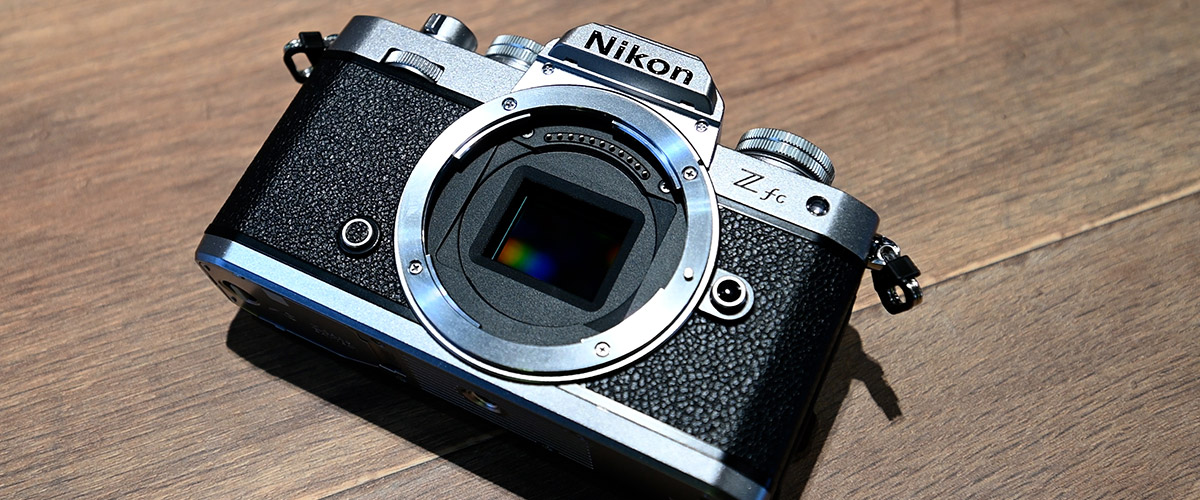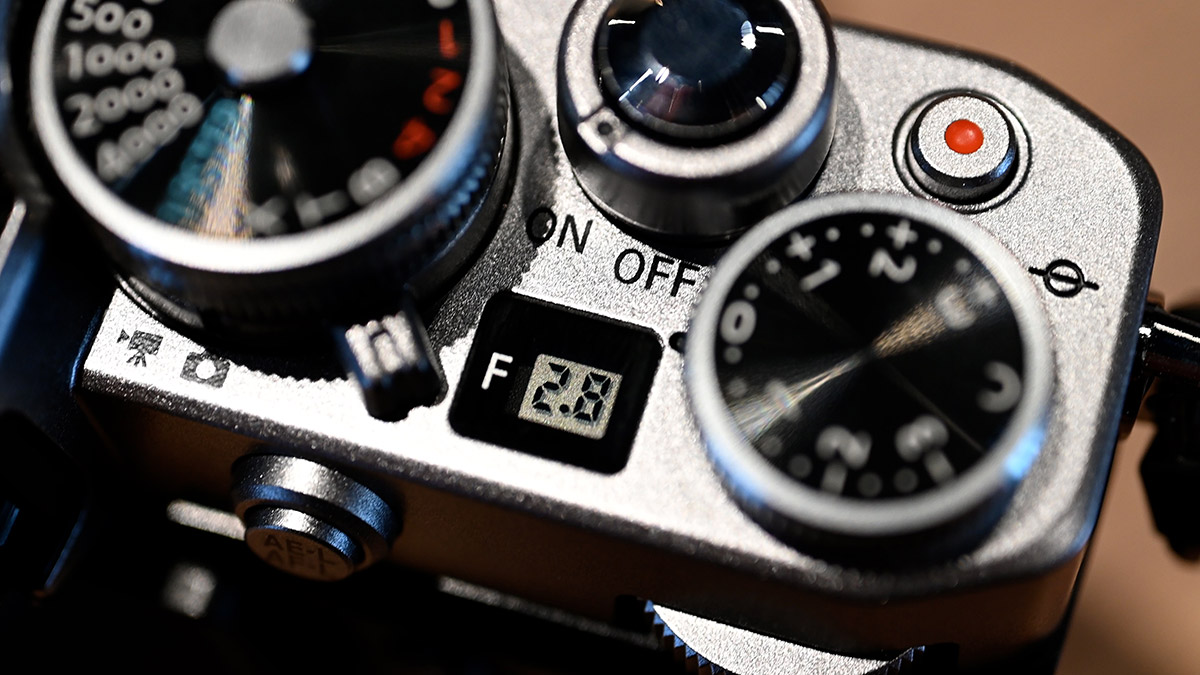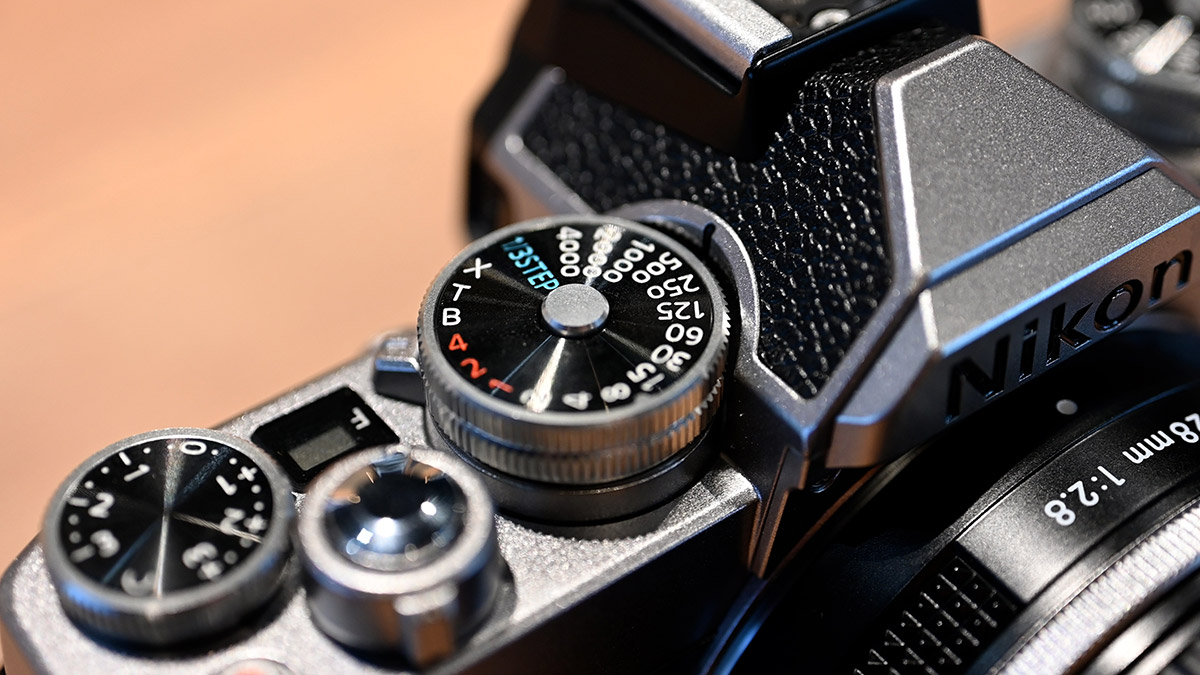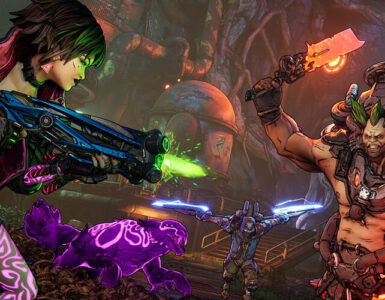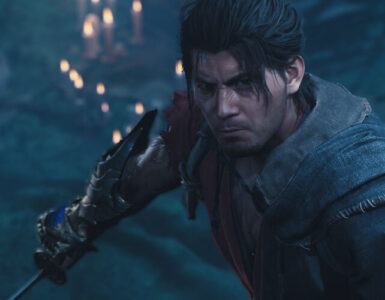- Shares
- 96
Camera company Nikon, despite its rich legacy and history, is pretty much on the ropes these days. While the Japanese optics and imaging company had a strong pool of fans, its lead in the consumer imaging arms race has left it far behind its rivals.
So at this juncture, the only thing it can do is to reach deep into its history and pull out one more trick from the bag. “Old but gold” seems to be the mantra, as the latest Nikon Zfc APS C mirrorless camera borrows heavily from the FM2, which was first released way back in 1982.
Fujifilm, Nikon is coming up really close in the rearview mirror.
Before we can talk about the Nikon Zfc APS-C, one needs to look back on the journey Nikon has taken in the Mirrorless camera market.
Since the launch of the Z6 and Z7, Nikon has been trying to change the minds of their DSLR loyalists, and also bring new users to their camera systems. They had all the right ingredients for some, but lacking some of the tech that others had did put them in an odd position, chasing instead of leading.
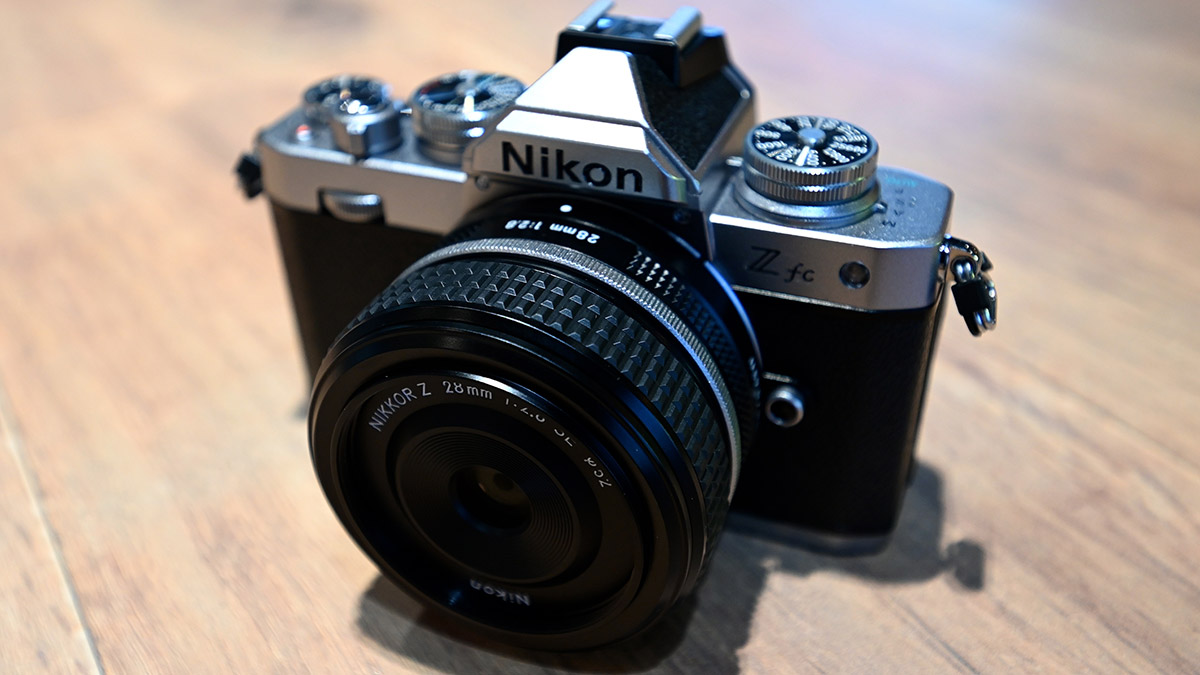
For many years Nikon has been one of the world’s top camera and lens makers, producing hardware for some of the best photographers in the world. Their cameras were robust, built like tanks and their lenses were some of the best optically one could buy.
However, as the camera industry has transitioned to mirrorless, Nikon has struggled to adapt with these changes. Their first Z system cameras were good, but the Z lens lineup was safe and not exciting to new buyers. The rollout was also a lot slower than what many were hoping for, and the professional mirrorless camera many pros wanted just weren’t ready yet.
Nikon decided, as others did, to build a mirrorless ecosystem with less expensive and smaller cameras. The Z5 hit a sweet spot for many, but pricing brought it very close to its older brother, the Z6.
The Z50 was their entry level APS-C camera that was priced well and produced good images, but with a limited DX lens (APS-C format) lineup and the oddest flip down display, the model didn’t serve Nikon well, especially when competing with the likes of Sony and Fujifilm.
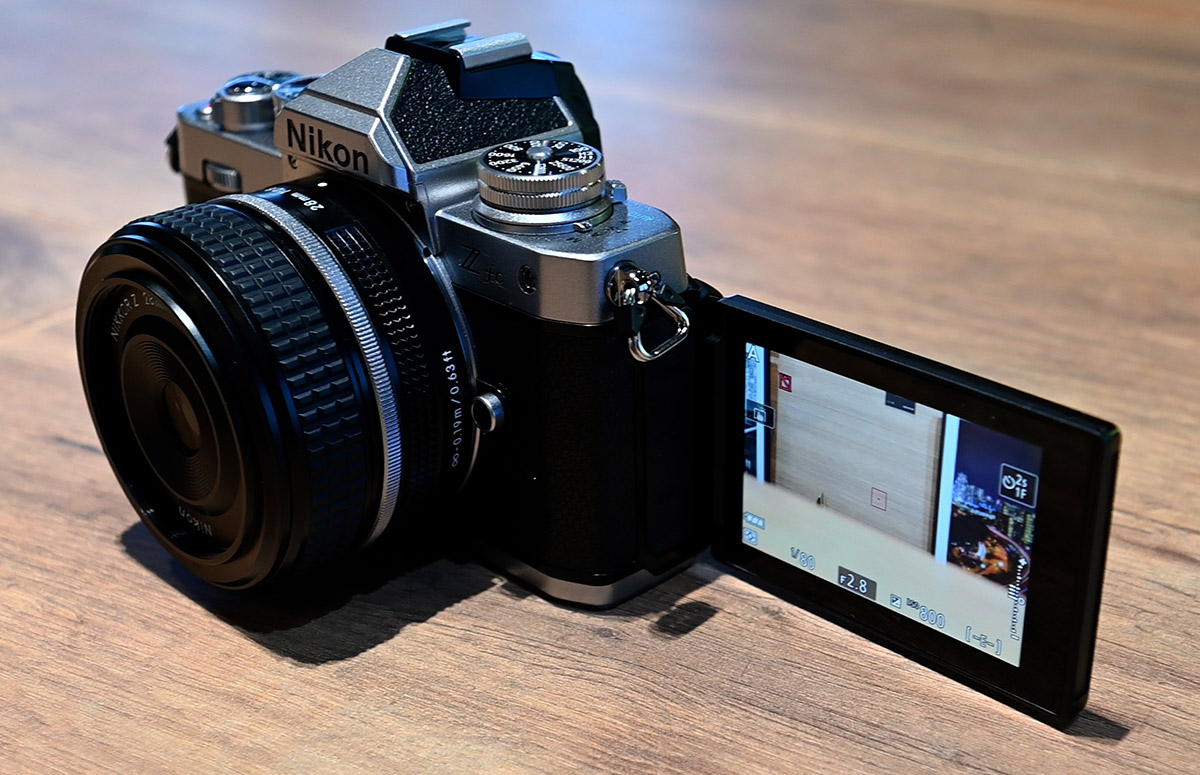
While we wait for the arrival of the flagship camera the Z9, Nikon surprised many with a new camera announcement and a radically different design from the modern Z series with the Zfc.
The Nikon Zfc, in which the f stands for fusion and c for casual, is a retro designed camera based on the iconic FM2 with the feature set and specifications of the Nikon Z50 before it. While we aren’t treated to a black colourway version of the camera like previous FM2 models yet, the magnesium alloy body with silver paint does feel premium along with the dials and buttons. The Nikon name on the front embossed with black paint really completes the look.
Along the sides of the camera, we have a black plastic covering to resemble vulcanite material used on cameras in years past, wrapping the camera around to the back covering the rear flip out rotating display which is a first for Nikon on any camera. While not keeping with the retro theme of the rest of the camera, the display is a welcomed addition and a feature requested by many.
As we move to the EVF, we see a circular design reminiscent of the FM2. Inside is a 2.36 Million Dot EVF which is the same as the Z50 in which much of the Zfc’s internals duplicate.

Moving to the side of the camera you have all the necessary ports – mic input, HDMI, and headphone jack. Also new is the USB-C 3.2 Gen that allows fast charging and data transfer.
Below the camera we have the battery door with a single UHS 1 compatible card slot. The battery is the same as the Z50 but with 10 percent better battery life according to Nikon.
Since Nikon is catering this camera for the younger market, we see a lot more variety when it comes to colours.Along with the black and silver variants there are various models with brown, grey, pink, teal green and white plastic coverings instead of the standard black. According to Nikon you can replace these but need to do it at a service center. In addition the colors will be a limited run so once they are sold out, only the standard black and silver will remain. As this will be the preferred choice by most, we don’t see this to be much of an issue.
When it comes to the Zfc’s usability and performance, it would have been preferred for Nikon to opt for a higher megapixel sensor than the 20 megapixel APS-C sensor inside the Zfc,however image quality is good with great color rendition.
In our initial tests, the overall speed of the camera is also on par with the latest offerings from other camera manufacturers. Autofocus works well and eye detection is quite fast. While we weren’t allowed to really put the camera through its paces, since it was a pre-production unit, we found no apparent issues with the half hour of use. A welcome addition is the touch-enabled display, so selecting menu options is much easier than relying on dials and buttons. It’s nice to see Nikon giving users regardless of price consistency in menus and features unlike some camera manufacturers who only save touch displays for selected camera models.
While the standard lens will be the Nikkor DX 16-50mm f3.5/6.3 VR, the one lens that will attract many buyers is the Z 28mm f2.8 full frame lens.
Why? Nostalgia mainly as its retro design matches that of Nikkor lenses from years past. Then there’s the focal length and aperture which gives the Zfc approximately a 40mm focal length in full frame. We did find it a bit peculiar that Nikon would release a full frame camera lens with a design language suited for the Zfc vs the Z6II and Z7II. Could this be a taste for a full frame version of this FM2 homage?
In our short hands-on with the Z 28mm f2.8 , the lens produces sharp images and we didn’t see any glaring chromatic aberration or distortion, however this will need to be tested in more detail for the full review.
Overall the comparison to Fujifilm’s XT series is apparent and because of the sensor size and design, one would assume Nikon is trying to replicate Fujifilm’s success with the Zfc. While the retro-inspired theme is similar, what Nikon has going for them is their history and a long line of illustrious cameras that came before it. Now it’s up to Nikon to use that strength to capture a new generation of camera users and perhaps seriously consider a full frame version of the Zfc.
The Nikon Zfc will be retailing for S$1,549 (body only), S$1,779 with the NIKKOR Z DX 16-50mm f/3.5-6.3 VR Kit), or S$1,929 with the NIKKOR Z 28mm f/2.8 Kit. Interested parties can pre-order the model at preferred Nikon dealers and the Nikon Experience Hub from today till 27 July 2021 to receive free gifts, including a one-time complimentary premium exterior swap (worth S$79), a Z series Peak Design Strap (worth S$99), and a Manfrotto Tripod (worth S$98).

